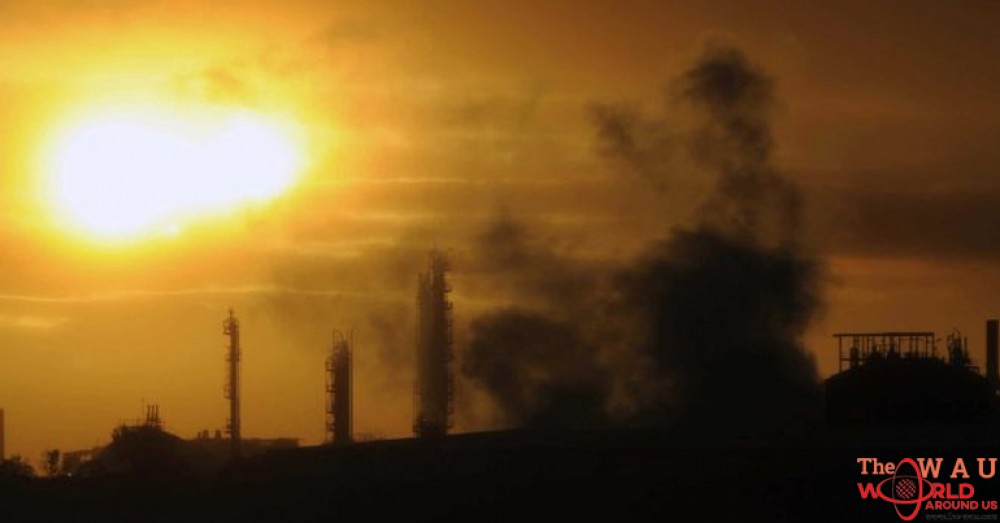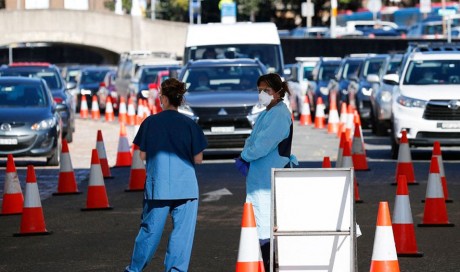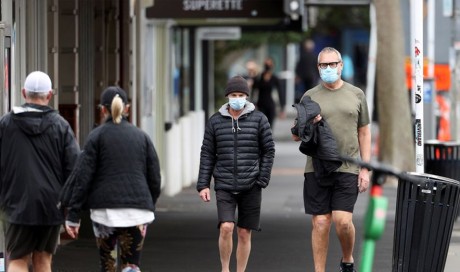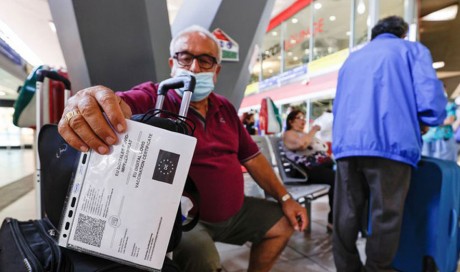The story starts in 1997, when the brand-new Howard government (sweating through a brief and cock-up-infested first term during which it lost a series of ministers and most of the margin with which it had wrested power from Paul Keating) sends its environment minister, Robert Hill, to Japan for the seminal Kyoto Climate Summit.
At the summit, Senator Hill negotiates generous terms for his country in the global deal; Australia emerged with large concessions for its agricultural activities and is one of only three countries permitted to increase its emissions under the deal.
Senator Hill is welcomed home as a conquering hero.
However, over the years enthusiasm for the compact is replaced within the government by scepticism.
First casualty
In April 2001, John Howard's Cabinet resolves not to ratify the Kyoto Treaty after all.
In 2004, Malcolm Turnbull enters the Parliament as the federal Member for Wentworth.
He spends a brisk period on the backbench, annoying treasurer Peter Costello by drafting ambitious new proposals for tax reform which are frigidly rejected by the relevant minister.
In January 2007, Mr Howard appoints him environment minister.
A punishing drought has blanketed the continent with dust. As Australians watch the climate seemingly change frighteningly around them, public support grows for climate abatement strategies and Mr Turnbull counsels Mr Howard to ratify Kyoto.

Mr Howard enlists senior bureaucrat Peter Shergold to design an emissions trading scheme that would control and reduce the nation's carbon dioxide emissions.
This is the policy that Mr Howard takes to the 2007 election.
Second casualty
John Howard loses the 2007 election. The Shergold proposal is consigned to history.
Newly-elected Kevin Rudd, however, has campaigned on a promise to introduce a comprehensive emissions trading scheme.
Describing climate change as "the most urgent moral challenge of our generation", the new prime minister creates a biblical sense of urgency with impassioned rhetoric about the fate of polar bears, the Great Barrier Reef and the likely hordes of climate-driven refugees that would accompany a failure to grasp the challenge.
He assigns the task of designing a scheme to his climate minister Penny Wong, who — after the Greens declare themselves unsatisfied with the direction of the policy — then works intently on the task of reaching agreement with the Liberals, now led by climate action enthusiast Mr Turnbull.
In late 2009, she succeeds, closing a deal with Mr Turnbull to legislate the Carbon Pollution Reduction Scheme (CPRS).
Tony Abbott, a backbencher, pens a newspaper column advocating a vote for the CPRS just to get the lingering issue out of the way.
...[ Continue to next page ]
Share This Post















